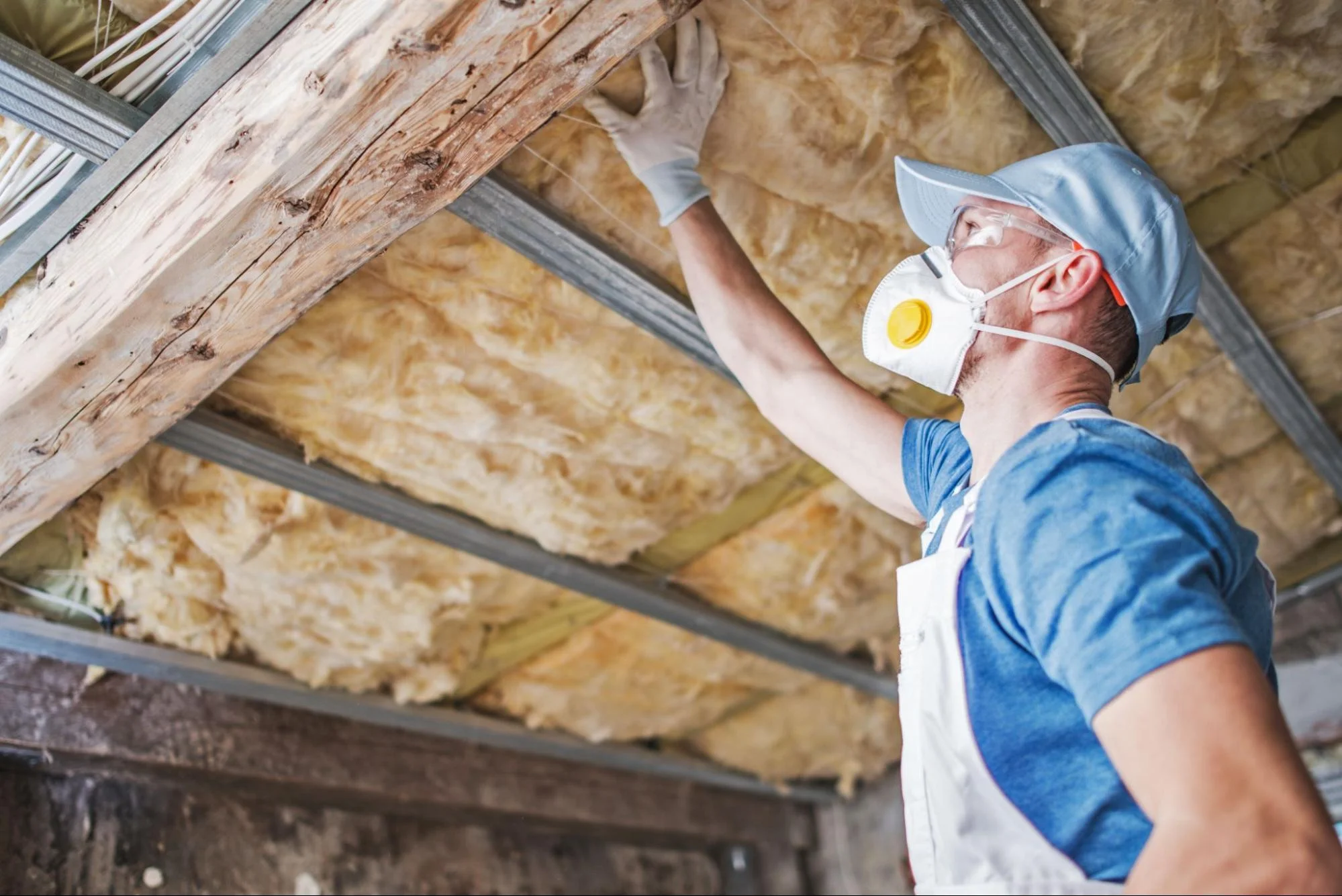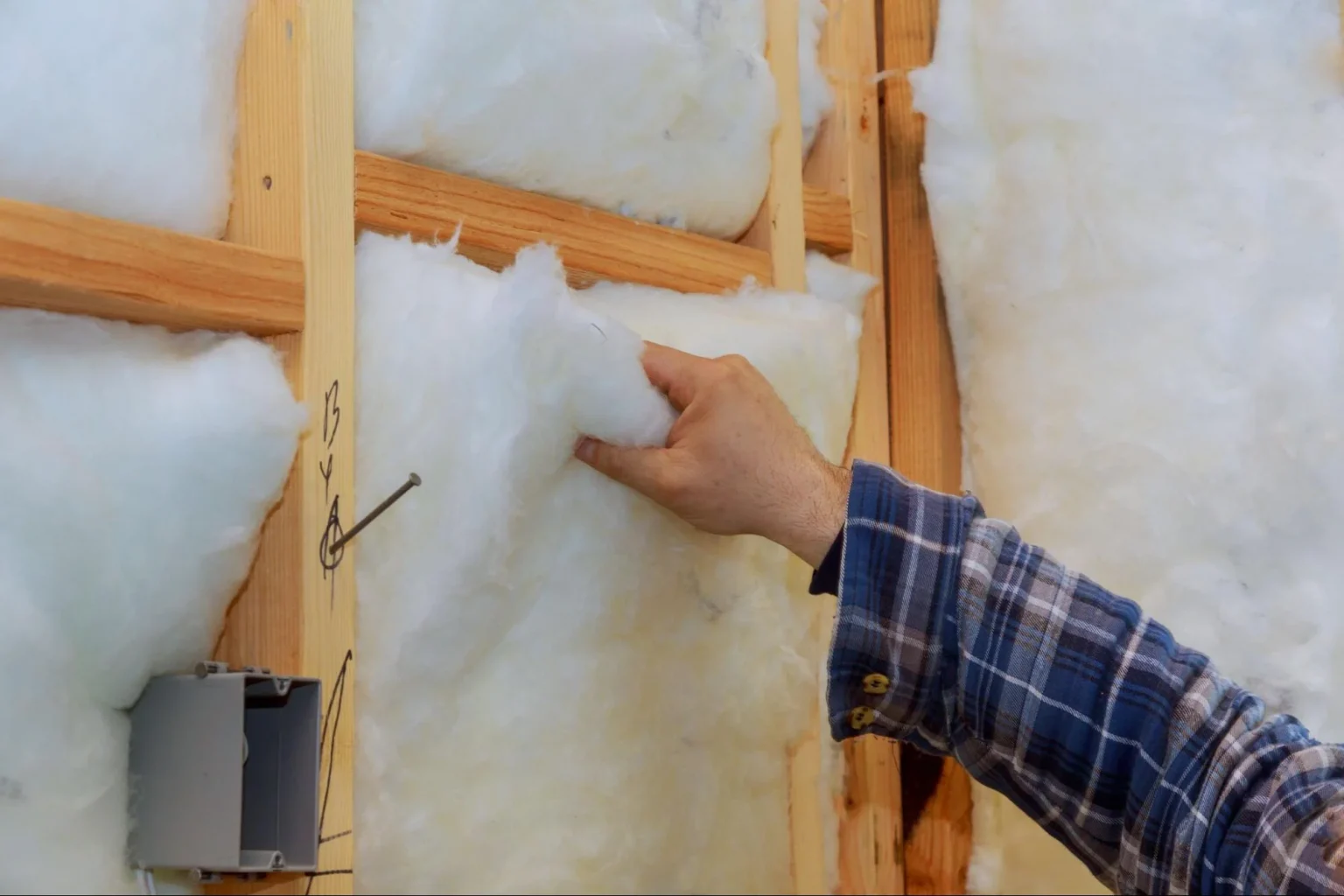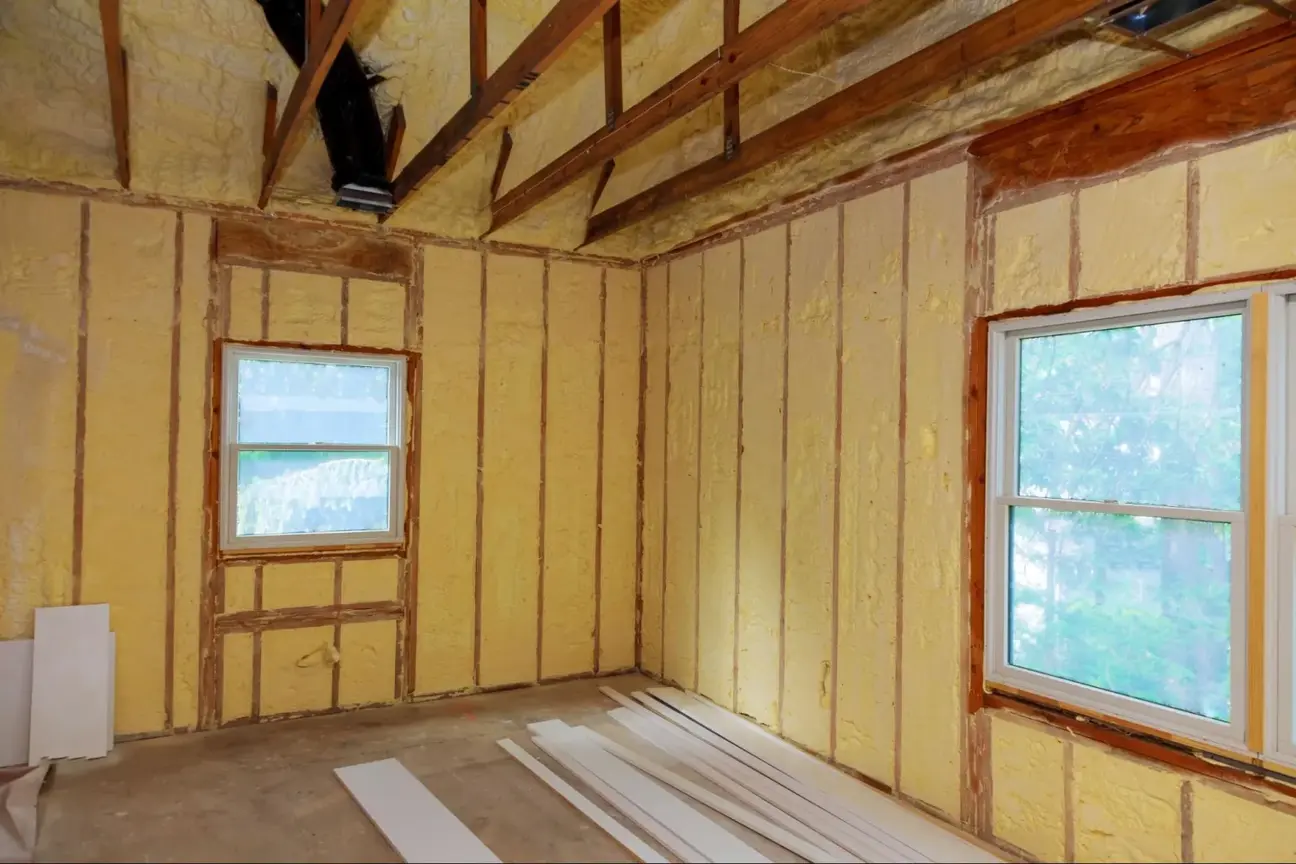
Adding insulation to your home is a smart move that can have significant benefits. By enhancing your home’s insulation, you can save up to 20% on heating and cooling costs. This means not only more money in your pocket but also a more comfortable living space year-round.
Insulation helps to maintain the desired temperature in your home, making it easier to heat in the winter and cool in the summer. It’s especially beneficial for older homes, which often lack adequate insulation compared to newer constructions. Even adding insulation to a modern home can quickly pay off by reducing energy bills.
In addition to saving money, improving your home’s insulation can also contribute to a more sustainable environment. A well-insulated home requires less energy, which reduces your carbon footprint. Start considering where your home could use extra insulation, such as attics, floors, and crawl spaces, to begin reaping these rewards.

Insulation helps improve energy efficiency, lowers heating and cooling costs, and enhances overall comfort in your home. By understanding the different types of insulation and their benefits, you can make informed decisions to optimize your home’s energy performance.
Insulation is a material used to reduce heat flow by providing a barrier between different temperature zones. Its main purpose is to maintain a comfortable indoor climate by keeping heat in during the winter and out during the summer. Proper insulation also aids in noise reduction and can improve air quality by preventing pollutants from entering your home through air leaks.
Insulation works by trapping air or other gases within its structure, reducing the rate of heat transfer. This process makes it easier to keep your home warm in cold weather and cool in hot weather, ultimately saving on energy costs. Given its benefits, insulation is crucial for both new constructions and home renovations.
There are several types of insulation materials, each suited for different parts of your home. Fiberglass is commonly used in attics, walls, and floors due to its affordability and effectiveness. Rigid foam insulation provides high R-values and is often used for exterior walls and basement foundations.
Spray foam insulation is ideal for areas that require air sealing, such as around windows and doors. Its ability to expand makes it excellent for hard-to-reach spaces. Loose-fill insulation, usually made from cellulose or fiberglass, is great for filling irregularly shaped areas and adding insulation to existing structures.
Selecting the right type of insulation depends on your home’s needs and your climate zone. For example, attic insulation is essential for preventing heat loss, while floor insulation can minimize drafts and improve comfort. Understanding where to apply each type enhances its effectiveness and contributes to energy savings.
The effectiveness of insulation is measured by its R-value, which quantifies its thermal resistance. A higher R-value means better insulation performance. The R-value depends on the material, its thickness, and its density. Temperature and aging can also affect an insulation material’s R-value.
Attaining a higher R-value can significantly lower your home’s heating and cooling costs. For instance, adding insulation to your attic, walls, and floors can result in up to 20% savings on heating and cooling expenses. This reduction not only cuts energy costs but also enhances comfort by maintaining a more consistent indoor temperature.
Investing in the right type of insulation, understanding its properties, and applying it correctly are essential steps to optimize your home’s energy efficiency and comfort.

Improving your home’s insulation can save energy and money. It helps maintain a comfortable temperature and reduces your utility bills. Here’s what you need to know to upgrade your insulation effectively.
Start by assessing your current insulation levels. A home energy audit or energy assessment is a good first step. You can hire a professional or do a simple check yourself. Look for under-insulated areas like the attic, walls, and around electrical outlets. Older homes often have less or no insulation in these spots. Use an infrared camera to spot heat leaks or inspect for gaps around windows and doors.
Adding or upgrading insulation can be a cost-effective way to lower your energy bills. Calculate the potential savings to decide if it’s worth the investment.
Consider the initial costs versus the long-term benefits. Insulating an attic might cost a few thousand dollars, but it can reduce your heating and cooling costs by 10-50%.
Check for rebates and incentives from local utilities to offset the costs. Adding insulation to ducts can prevent energy loss and save money too.
Remember that even if your home is relatively new, it may still be under-insulated. Investing in insulation now can result in significant savings over time and make your home more comfortable all year round.
Adding insulation to your home has many benefits. One major advantage is reducing energy costs. According to the Department of Energy, you can save up to 20% on heating and cooling costs by adding insulation to attics, floors, crawl spaces, and basement rim joists.
Insulation also helps improve the comfort of your home. It keeps your home warmer in the winter and cooler in the summer. This means you can enjoy a more consistent indoor temperature all year round.
Improving moisture control is another key benefit. Adding exterior insulation can reduce moisture infiltration by creating an extra gap between the surface and the interior of your home.
Insulation helps in reducing noise pollution. It acts as a sound barrier, keeping unwanted noise from entering your home and creating a quieter living space.
Additionally, proper insulation can increase your home’s value. Potential buyers may see good insulation as a sign of a well-maintained home, making it more attractive on the market.
If you’re considering adding insulation, Kaminskiy Care and Repair can help you inspect your home to determine the best areas for improvement. Using thorough inspection methods, such as checking exterior walls from electrical outlets, We can help determine how much insulation is needed for your home. Contact us today!
Proper insulation can save you up to 15% on heating and cooling costs, according to the Department of Energy. It also helps maintain a consistent temperature, reducing the strain on your HVAC system. Additionally, it improves overall comfort by eliminating drafts and cold spots.
During summer, proper insulation helps keep your home cool. Insulating the attic, walls, and floors can prevent heat from entering your living spaces. Sealing air leaks around windows and doors also helps.
Though insulation provides many benefits, improper installation can lead to moisture problems, mold, or reduced indoor air quality. It is also possible that some types of insulation materials can be more expensive or less environmentally friendly. Always choose proper and high-quality materials to avoid these issues.
To insulate existing walls, you can add insulation from the inside or outside. One common method is blowing in cellulose or fiberglass through small holes drilled into the walls.